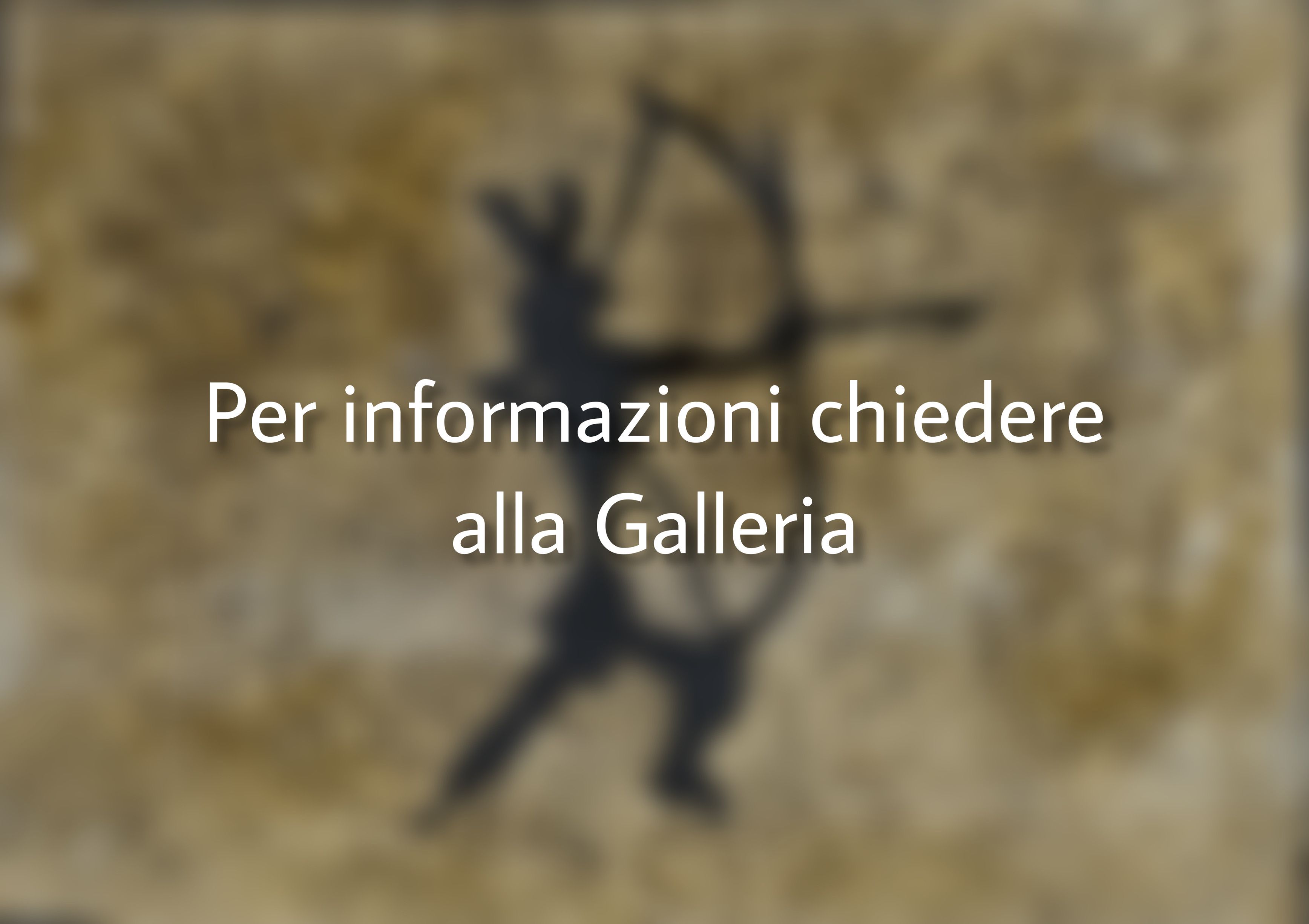
Pino Pascali
(Bari, 1935 - Rome, 1968)
The son of a police officer who, between 1940 and 1941, was transferred with his family to Tirana in Albania, Pino Pascali was to bring back from the war childhood impressions destined to leave lasting traces in him and in his work. After the studies at the artistic high school in Naples, in 1959 he graduated at the Academy of Fine Arts in Rome, attending the courses of scenography organized by Toti Scialoja. Devoting himself to various sports, from underwater fishing to motorcycling (which would be, in 1968, the cause of his premature death), all'aeromodellismo, began a lively career in advertising and set design for television.
There are many projects and drawings, sketches and backdrops that Pascali realized in these years of great creative ferment: drawings and projects that already contain the subsequent sculptural and installation production of the artist; and at the same time, works that demonstrate his ability to respond to the needs of a market belonging to the society of mass-media, of the consumerist world, without losing his personal creative verve, indeed exalting it in a lively and dialectic comparison with the demands of his own clients.
These will be the themes of the great autumn exhibition in the Gallery dedicated to Pino Pascali and destined to deepen a theme, that of the works on commission for advertising - it was the era of Carosello, how can we forget it? - still to be discovered and appreciated in its wonderful fantasy and imaginative richness.
Beginning in 1964, his moment of greatest creativity began, "...tending to make his poignant attachment to the infantile world of the game (and the toy) coincide with an unprejudiced interpretation of the contradictions of the contemporary world..." (Lara Vinca Masini). This is the phase of the Ruderi romani (Roman Ruins), of the Pezzi di donna (Pieces of a Woman), of the Armi (Weapons): the first ones were exhibited at the Galleria La Tartaruga in 1965, together with the solemn and monumental female anatomical parts. The toy devices, obtained by assembling hydraulic pipes, carburetors, knobs, sheet metal, wood and other salvaged pieces, were instead exhibited at the Sperone Gallery in 1966. Starting from the same year, the dominant theme became nature, as in Mare, a mass of stylized waves, made of extroflexed canvas, in the Tails of dolphins, of Dinosaur, made in parallel sections. They followed the works as 1 mq di terra, 2 mq di terra, of 1966-'67, and 32 mq di mare circa, of 1967, formed by parallelepipeds covered of earth and hung up, on the wall, or on the ground, with which Pascali was inserting himself in the minimalist area of the primary sculptures. At the turn of the years 1967-1968 his interest in the world of agriculture intensified, an opening from the art of reality that engaged him in the "reconstruction of nature". In 1968 l'Attico hosted other two personal exhibitions: in the first one Pascali proposed the Bachi da setola, formed by polychrome nylon brushes and four big spider webs placed at the corners of the walls and outside. In the second, the artist returned to a state of nature, that of his native Puglia: he dressed in raffia, surrounded himself with primitive tools, built a Bridge, Liane, Traps with woven steel wool. These are the works - including the Blue Widow, Pelo, Contropelo, Nido - born as a rethinking of the Duchampian concept of displacement of the context, but also of appropriation and reuse of poor materials, with poor techniques, intended to bring his work closer to contemporary operations of "anthropological art".
In the summer he participated in the XXXIV Venice Biennale; following his death, the Commission assigned the International Prize for Sculpture to his room.
Works
-
 Armi
ArmiMIXED TECHNIQUE ON PAPER
-
 Circo
CircoMIXED TECHNIQUE AND COLLAGE ON PAPER
-
 Graffito
GraffitoMIXED TECHNIQUE ON ACETATE AND CARDBOARD
-
 L'auto di Al Cafone
L'auto di Al CafoneMIXED TECHNIQUE ON CARDBOARD
-
 Pesce
PesceMIXED TECHNIQUE ON PAPER
-
 Ragazzo con moto
Ragazzo con motoMIXED MEDIA ON PHOTOGRAPHIC PAPER AND CARDBOARD